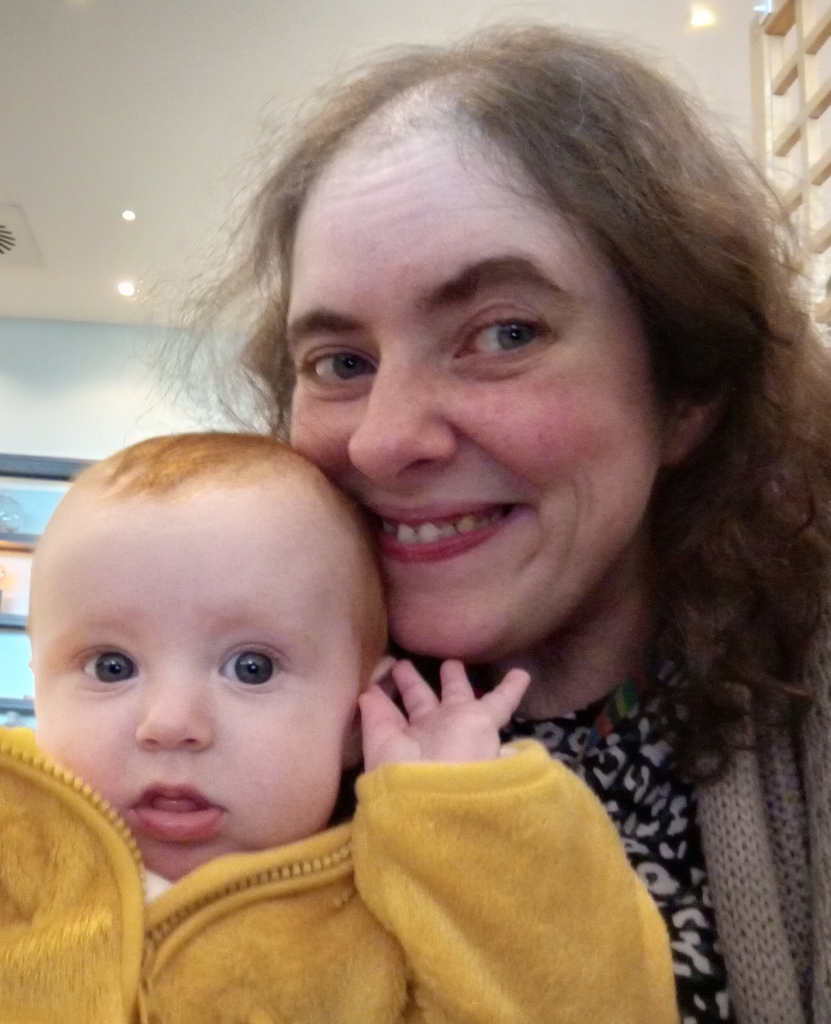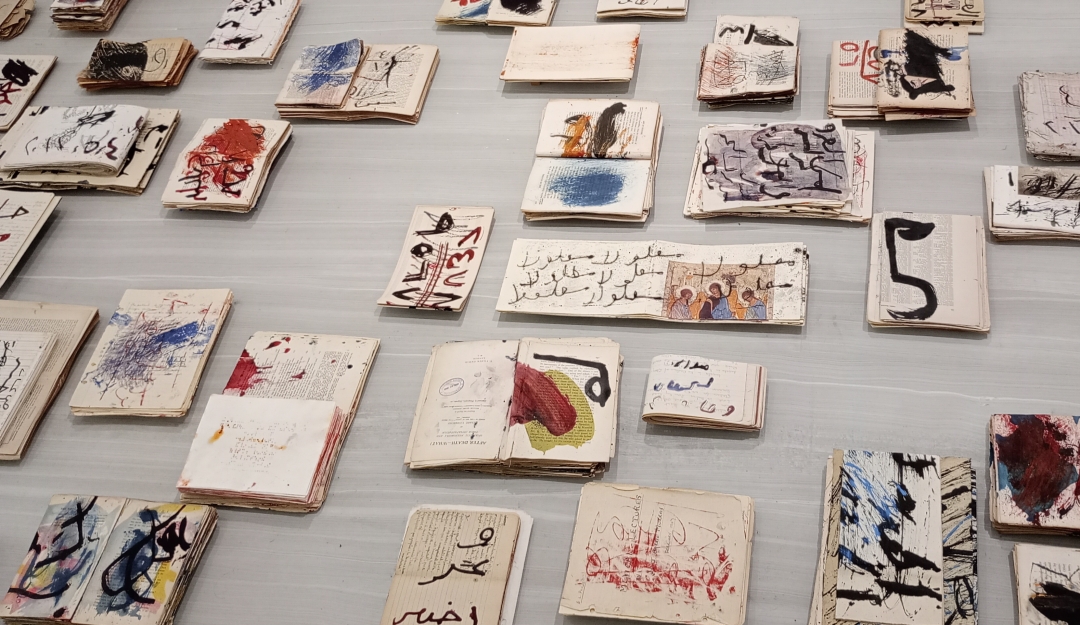I visited an exhibition at Kettle’s Yard in Cambridge recently, Urgent Archive by Issam Kourbaj, and found that it was even more relevant to VIEWS and my research than I realised. The subject of the exhibition is the ongoing, devastating war in Syria – a topic already close to my heart because of my interest in the area in ancient times, and especially because of the many people I know who have been affected by the conflict. Writing and the way writing appears is central to many of the inspiring artworks on display in the exhibition.

It shouldn’t be surprising that the written word holds such significance in a conflict where one of the earliest events was an act of graffiti. In 2011, a number of teenagers were arrested in the southern Syrian town of Dara’a after spray-painting a graffito on a school wall, and the anger over their arrest and treatment has widely been seen as a spark for the ensuing uprising. It is a sad but powerful testament to the importance of visible writing.
The exhibition is named after one of its most prominent artworks, Urgent archives, written in blood, which involves drawings and painted inscriptions added to books displayed on the floor. The work is a reference to the political prisoners whose names, written in blood, were smuggled out of the country by the journalist Mansour Omari.
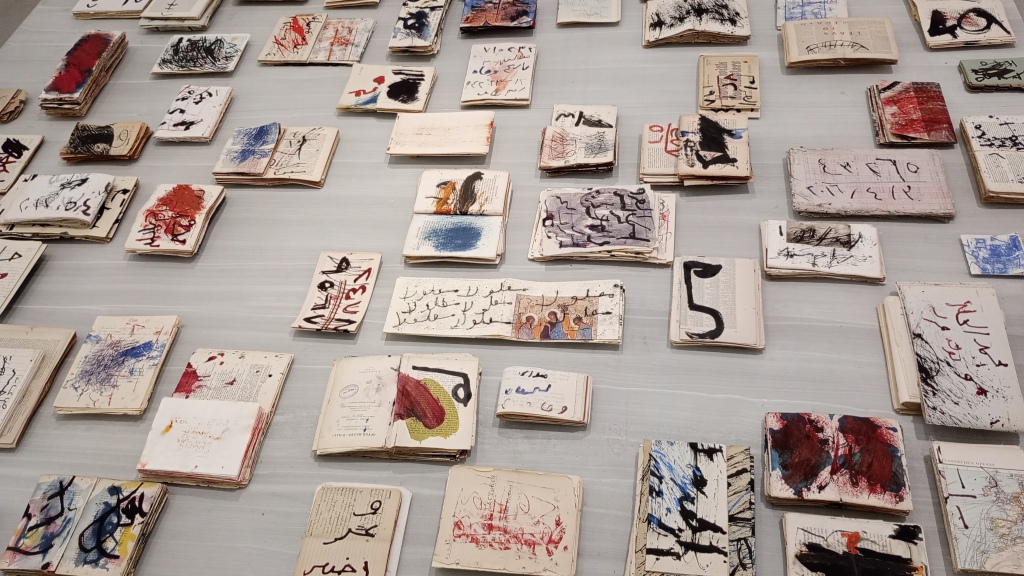
Unsurprisingly this is an uncomfortable exhibition, befitting its subject. In the same room as Urgent archives is a sound installation, Killed, detained and missing (women), with a voice speaking the names of numerous women lost to the conflict. To the side of the sound installation, two scrolls of pianola roll are displayed, which repeat the spoken names in writing, in shades of red ink. Nearby a map on the floor in bright blue shows the extent of destruction in this beautiful country. I was visiting with my baby son, who even at six months old was clearly aware that we were in a place that was somehow sad and subdued.
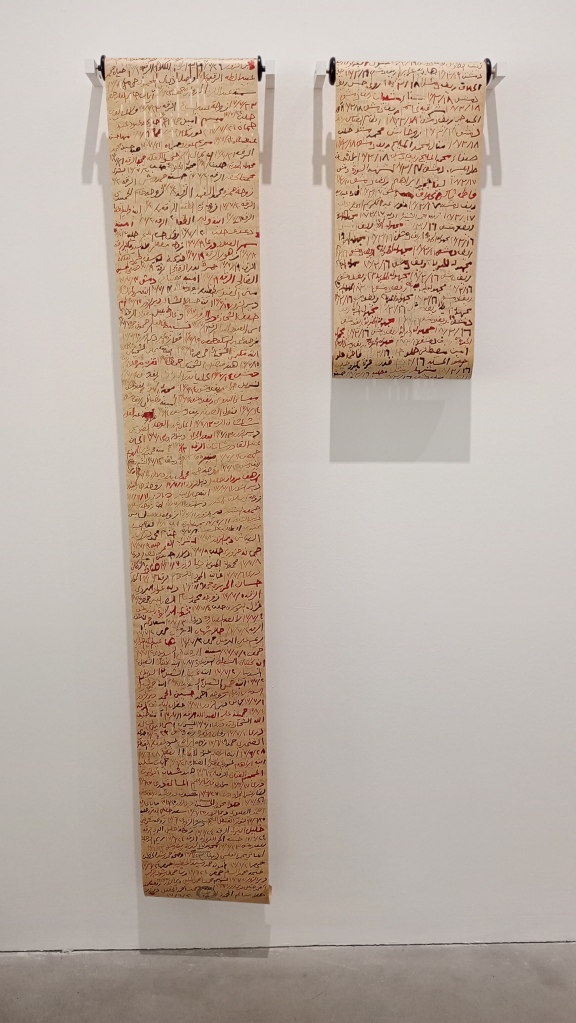
Several of Kourbaj’s artworks in this exhibition deal with the obscuring or destruction of writing, including video installations showing the process of creation and alteration. The mangled keys of a damaged typewriter and a set of reddened stamps used for printing individual letters are testament to both the power of writing to do damage, and the damage to writing itself as a correlate of free speech.
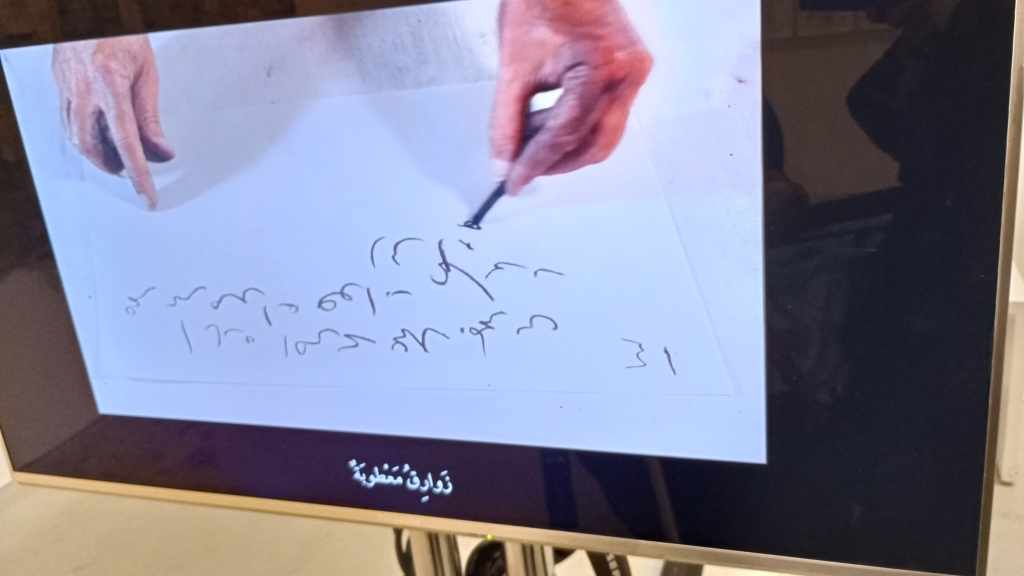
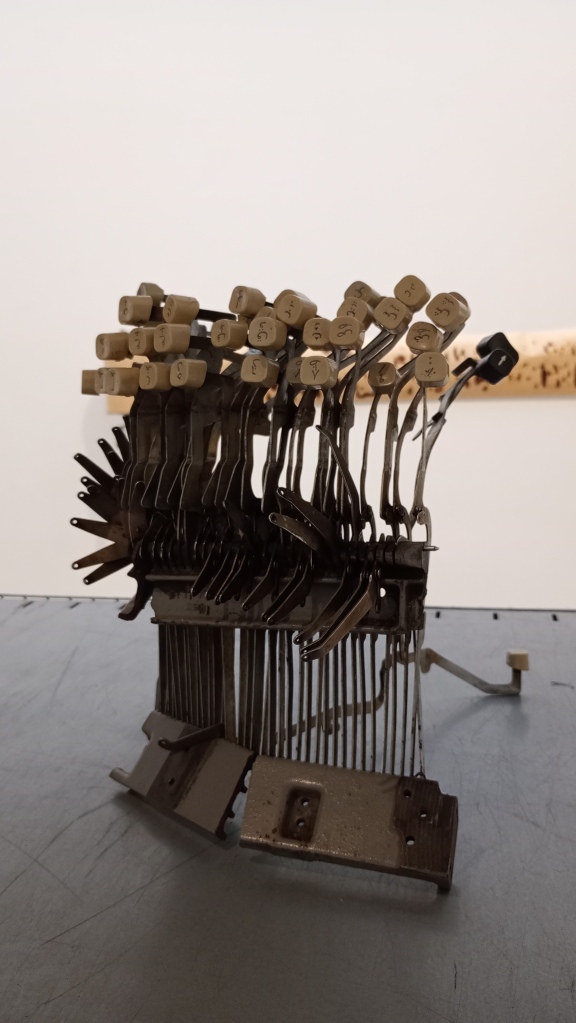
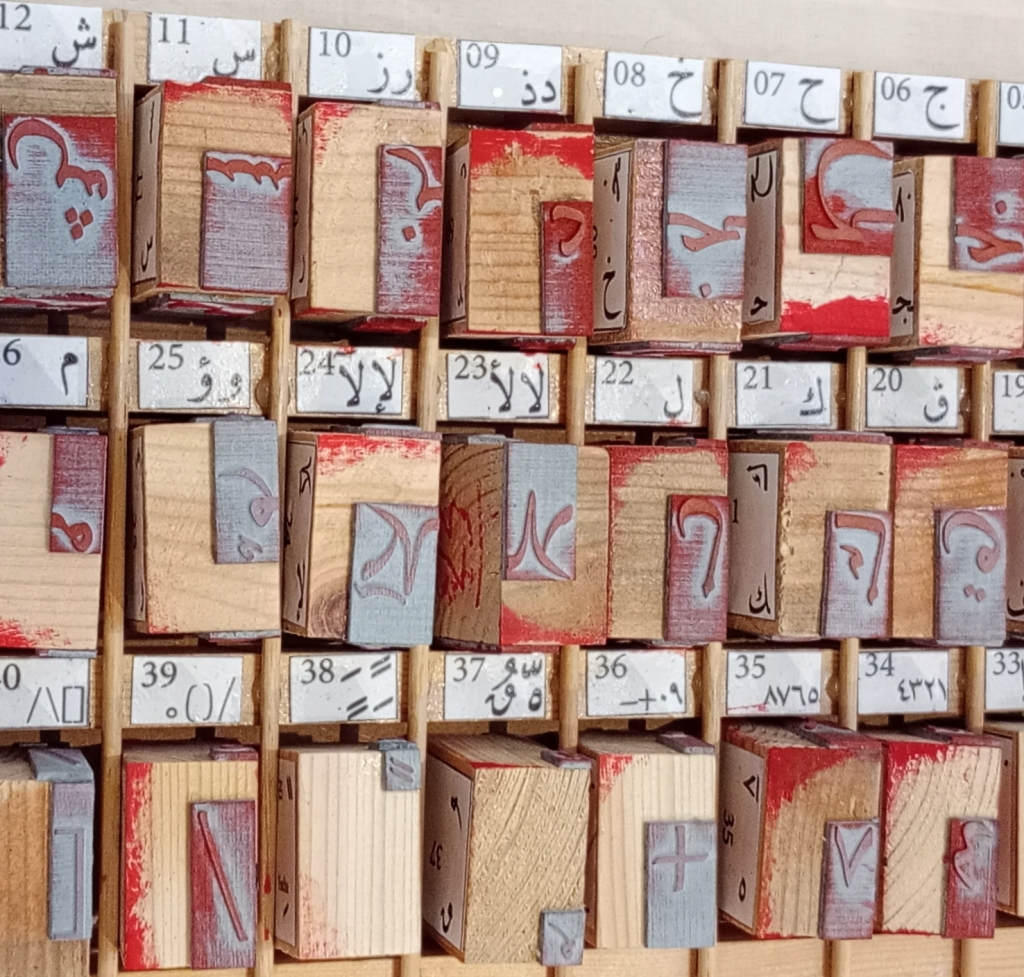
That was what really struck me when I walked through the exhibition: that the visibility of writing not only matters, but can sometimes be a matter of life and death. It’s a humbling thought, especially given that most of my previous encounters with Arabic writing have been in contexts where I have been focused on its beauty – illuminated manuscripts or writing incorporated into architecture, for instance, where it was intended to last and to be seen. But sometimes when writing is visible it creates danger, as the teenagers of Dara’a so poignantly showed.
I’ve only touched on a few of Kourbaj’s artworks here, and would very much recommend the exhibition. It’s on at Kettle’s Yard until 26th May 2024.
~ Pippa Steele (PI of the VIEWS project, and currently on maternity leave)
